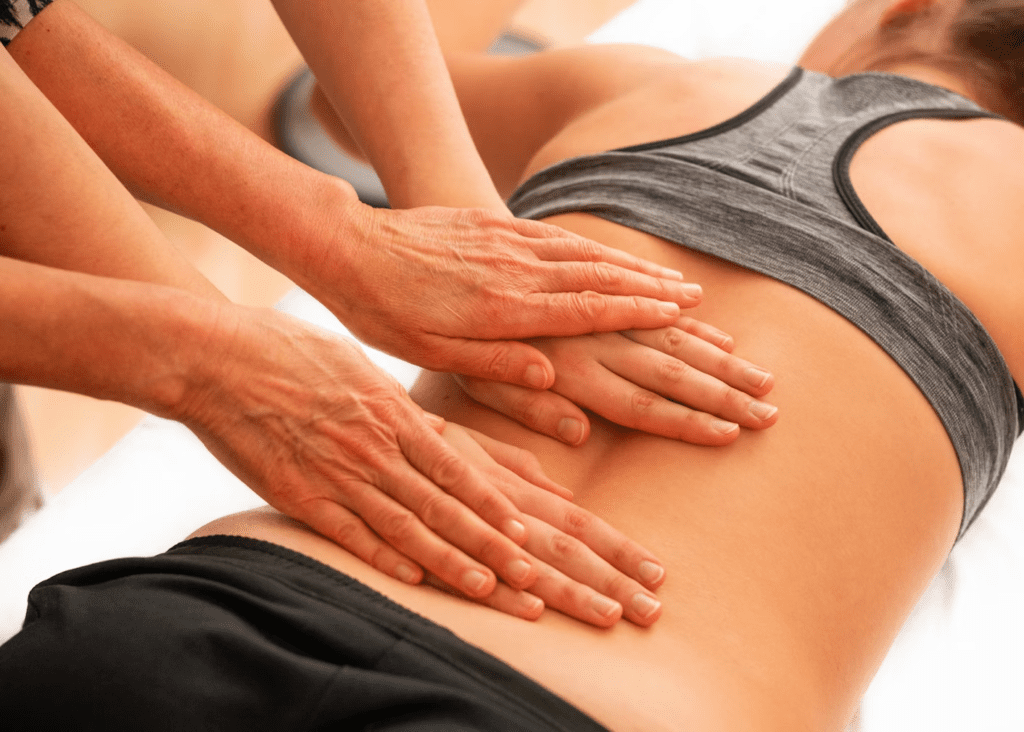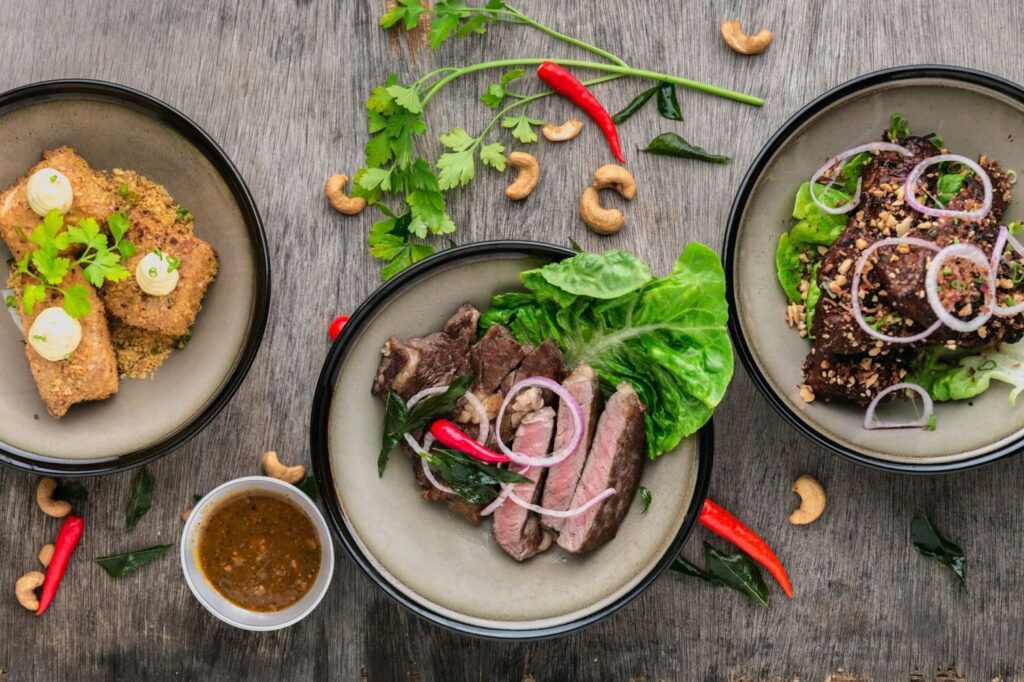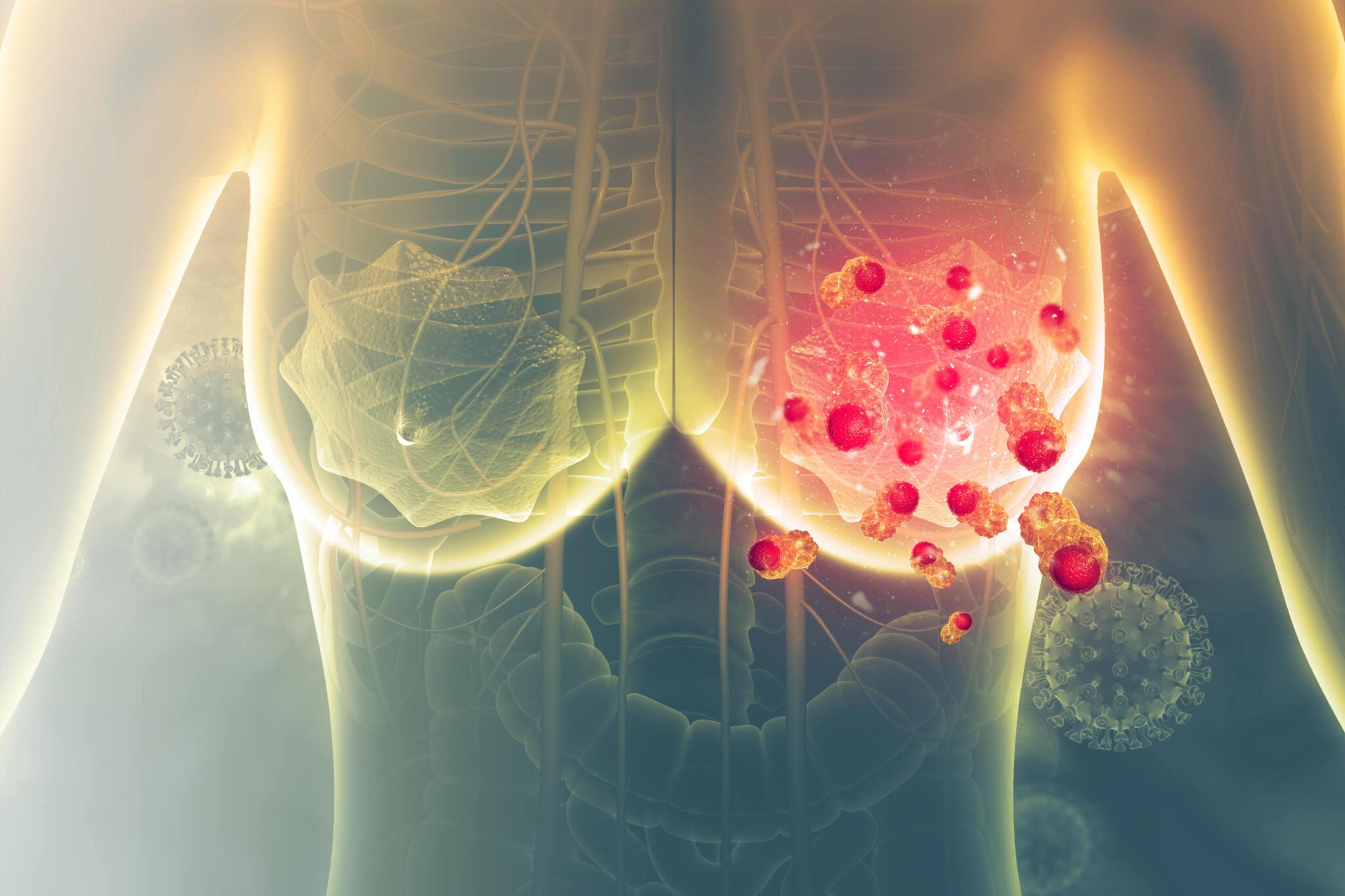
The human body is made up of multiple bones that meet together at certain ends, and these ends are called joints. Joints allow for the free flow of the body and help promote movement. However, they can be subjected to wear and tear or injury, which causes pain.
Pain in the joint is a diverse medical condition that numerous factors can cause. Injury or forceful impact to the ligaments, cartilage, and tendons within the joint can cause pain. Other causes can be old age, bone infection, sexually transmitted diseases, and certain medications can contribute to joint pain and inflammation.

Joint pain, also called arthralgia or joint inflammation, also known as arthritis, affects millions of people in the United States yearly. It is estimated that over 350 million people suffer from joint pain worldwide. Since joint pain is a prevalent medical condition, experts have researched and arrived at five ways to reduce joint pain and inflammation.
There are mainly two ways to reduce joint pain, and they can either be through medical help or the use of home remedies. Depending on the type of pain, symptoms experienced, and cause, here are five ways to reduce joint pain.
1. Use Topicals To Reduce Joint Pain
Topical mediation is commonly recommended alongside NSAID drugs to help reduce joint pain faster. They are administered on the surface of the inflamed joint and can either be foams, sprays, ointments, gels, or creams. Since they are epicutaneous, that is, they work only when they are applied to the skin. They can be very effective.
Most over-the-counter topical medications are counterirritants made from menthol and camphor as they produce a cooling or heating effect that relieves the joint. Nowadays, more topical agents made from capsaicin, an essential ingredient in chilli peppers, have been proven to reduce pain within days or weeks.

2. Use OTC Medication
Numerous medications help reduce joint pain in the body. Before any medication is used, a doctor has to prescribe the drug and the recommended dosage following the cause of the pain.
For osteoarthritis, nonsteroidal anti-inflammatory drugs like Aspirin, Ibuprofen, and Naproxen can help block the production of certain chemicals that cause inflammation in the joint. This class of drugs is also efficient in treating pain caused by the slow degradation of tissue and is known to have a therapeutic effect.

3. Exercise
Although medical professionals recommend rest to patients suffering from joint pain to help promote healing, excessive rest can cause more damage than good. When chronic joint pain strikes, the body’s pain threshold reduces drastically. Hence, the body becomes more sensitive and prone to being hurt. Exercise increases the body’s pain threshold, which in return, reduces joint inflammation.
The key to finding the perfect exercise is to try various kinds with the stern guidance of a doctor. If walking briskly heightens pain, try the treadmill or lifting smaller weights; ensure you settle for an exercise that does not cause you any form do pain. Incorporate core strengthening and flexibility exercises like yoga and pilates to help target the entire musculoskeletal parts of the body.
4. Reduce weight by eating healthy
Excessive weight is a major cause of knee pain worldwide as it mounts excess pressure on the joints, forcing them to work more than usual. Being 20 pounds overweight increase the forces mounted on your knees during walking by 30 to 40 pounds, justifying the rampant knee problem with obese people.
Whereas medications reduce joint pain in obese people, a strict diet is also recommended to help trim down excessive fat. Since reducing weight can be challenging, experts have recommended specific weight loss tips that can help. These tips include setting a realistic weight loss scale to achieve, exercise, a strict diet, reduced calorie intake, or liposuction in severe cases.

5. Surgery
Surgery is often the last resort to joint pain and is used to relieve extreme pain cases. Although very expensive and sometimes risky, a successful joint pain surgery can improve joint function, make mobility easier, reduce joint pain, and help the patient stop using joint pain medication.
Numerous joint pain surgeries are designed to relieve certain types of pain, including arthroscopy, osteotomy, arthrodesis, and joint revision and surfacing. Depending on the severity of the pain, your medical surgeon will recommend one or more of these types of surgeries.
Our Verdict
Joint pain ranges from person to person and can manifest in the form of joint swelling, joint redness, immobility, poor mobility, and intense pain. To help relieve this discomfort, one or more of these tips can be put into practice.







1 thought on “5 Easy Ways to Reduce Joint Pain ”